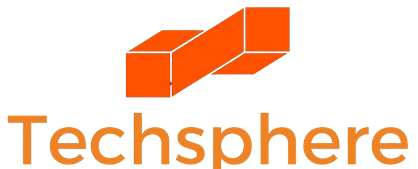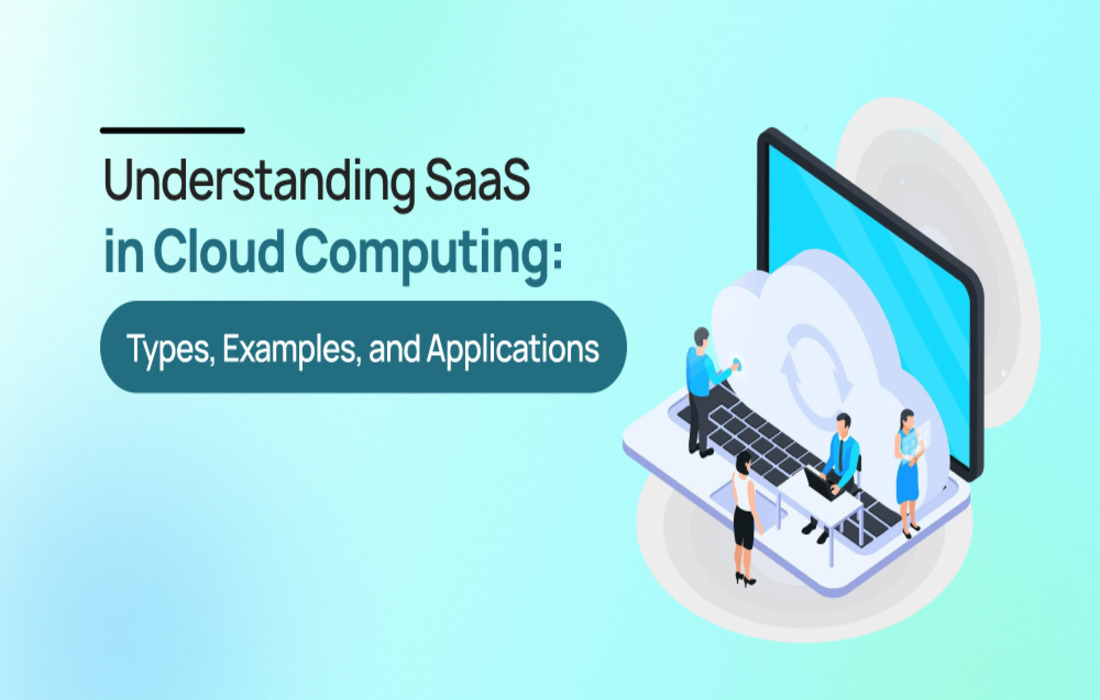Software-as-a-Service (SaaS) is one of the most visible and widely adopted segments of cloud computing. In a world where businesses prioritize flexibility, scalability, and reduced infrastructure overhead, SaaS solutions have become essential to modern IT strategies. This article explores what SaaS is within the cloud computing model, the types of SaaS, popular examples, real-world applications, statistical insights, and forward-looking trends. It also explains the benefits of using cloud-based software, best SaaS products in 2025, emerging SaaS platforms, and technical architecture models.
Historical Overview: The Rise of SaaS
The concept of software being delivered remotely dates back to the 1960s with mainframe computing. However, SaaS began taking shape in the late 1990s when companies like Salesforce pioneered the delivery of enterprise applications via the web. The term “SaaS” gained popularity in the early 2000s, coinciding with improvements in internet bandwidth, browser technology, and virtualization.
In 2008, the SaaS market was worth approximately $5.6 billion globally. By 2025, it is projected to exceed $232 billion—an increase of over 4,000%.
Key milestones in SaaS evolution:
- 1999: Salesforce launches as a CRM tool delivered entirely online.
- 2004–2010: Widespread SaaS adoption in CRM, HR, and project management.
- 2011–2019: Integration of mobile and API-first SaaS products.
- 2020–present: Surge in AI-driven and industry-specific SaaS platforms.
Technical Architecture of SaaS Platforms
SaaS applications operate on a shared infrastructure. Here are the key components:
1. Multi-Tenant Architecture
- Allows multiple customers (tenants) to use the same application instance securely.
- Ensures efficient resource usage and cost savings.
2. Service-Oriented Architecture (SOA)
- Modular design where services are loosely coupled.
- Easier to update or replace individual modules.
3. Containerization & Microservices
- Use of Docker, Kubernetes to deploy and scale services independently.
- Enhances flexibility, fault tolerance, and scalability.
4. Continuous Integration/Delivery (CI/CD)
- SaaS platforms rely on automated pipelines for frequent updates without downtime.
- Enables feature experimentation and agile deployments.
5. Data Layer & Backup Systems
- Centralized databases or distributed storage systems.
- Real-time backup, replication, and recovery mechanisms built-in.
According to TechRepublic, over 60% of SaaS companies have adopted containerized deployment with orchestration platforms like Kubernetes.
Case Studies: SaaS Success in Action
Case 1: Xero (Accounting SaaS)
- Challenge: Legacy accounting software was inflexible and desktop-bound.
- Solution: Xero delivered a cloud-native accounting tool with real-time bank feeds and third-party integrations.
- Impact: Over 3.7 million users globally; high adoption among SMEs.
Case 2: Slack (Collaboration SaaS)
- Challenge: Teams lacked central communication.
- Solution: Slack combined chat, integrations, and searchable history in one platform.
- Impact: Became one of the fastest-growing SaaS companies; acquired by Salesforce in a $27.7B deal.
Case 3: Canva (Design SaaS)
- Challenge: Graphic design tools were complex and inaccessible.
- Solution: Canva introduced a browser-based design tool for non-designers.
- Impact: Over 100 million active users across 190 countries by 2024.
How to Choose the Right SaaS Provider
Before adopting any SaaS tool, evaluate vendors on:
- Security standards: Look for SOC 2, ISO 27001, GDPR compliance.
- Integration support: Must integrate with your current tools and workflows.
- Customer support: 24/7 support, training resources, dedicated onboarding.
- Pricing flexibility: Monthly vs. annual, freemium, usage-based models.
- User experience: Clean UI, onboarding ease, mobile accessibility.
A Forrester survey in 2023 showed that 61% of businesses switched SaaS providers due to poor onboarding and limited integrations.
ROI Metrics for SaaS Investments
Organizations can assess SaaS ROI through both financial and performance metrics:
| Metric | Description |
| Time to Value (TTV) | Time taken to achieve measurable outcomes |
| Cost Savings | Reduction in licensing, hardware, or labor costs |
| User Adoption Rate | % of employees actively using the platform |
| Productivity Gain | Tasks completed faster or more efficiently |
| Churn Rate | % of users canceling or switching providers |
According to SaaS Capital, high-growth SaaS companies average a CAC (Customer Acquisition Cost) payback period of under 12 months.
Summary of SaaS Strengths and Challenges
Strengths:
- Fast deployment and scalability
- Lower upfront investment
- Frequent innovation and feature updates
- Accessibility from anywhere
Challenges:
- Vendor lock-in risks
- Limited offline functionality
- Data residency and compliance issues
- Dependence on third-party uptime
Organizations must weigh these factors against their operational needs and IT maturity.
WordPress Formatting Instructions
- Category: SaaS
- Subcategories: SaaS Basics, Cloud Computing, SaaS Applications
- Tags: saas examples, types of saas, cloud computing software, best saas applications, top saas tools, saas apps, software as a service, cloud-based software, cloud software trends
- Alt Text for Image: Cloud dashboard showing SaaS apps like CRM, storage, and communication tools
- Caption: SaaS in cloud computing delivers scalable, accessible software for every business function
- Description: This image showcases popular SaaS platforms delivered through cloud infrastructure. It highlights flexibility, multi-device access, and use across various business operations.
Conclusion: SaaS Is the Future of Software
SaaS has redefined how businesses access and utilize software. By delivering scalable, cost-effective solutions across industries, SaaS in cloud computing is enabling companies of all sizes to innovate, grow, and adapt faster than ever. Whether you’re just beginning your cloud journey or expanding your software stack, SaaS will be central to your digital success.
Subscribe to our blog for more cloud computing insights, SaaS statistics, product reviews, and technology forecasts.

